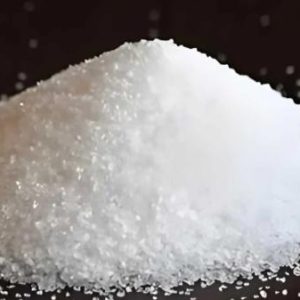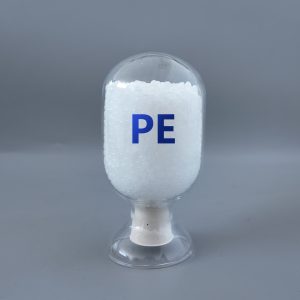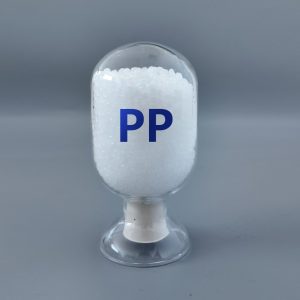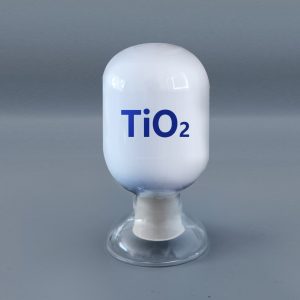Polyethylene
Polyethylene (PE) is a thermoplastic formed by the polymerization of ethylene monomers. It is one of the plastics with the largest output and the widest application.
Features: non-toxic, acid and alkali resistant, good insulation. Widely used in packaging, construction, agriculture, medical and other fields.
Titanium dioxide
TiO₂ exists in three main forms: rutile, anatase, and brookite, with rutile being the most stable and commonly used. While generally considered safe in industrial applications, its use in food and nanoparticles (in sunscreens) has raised health and environmental concerns, leading to regulatory scrutiny in some regions.



